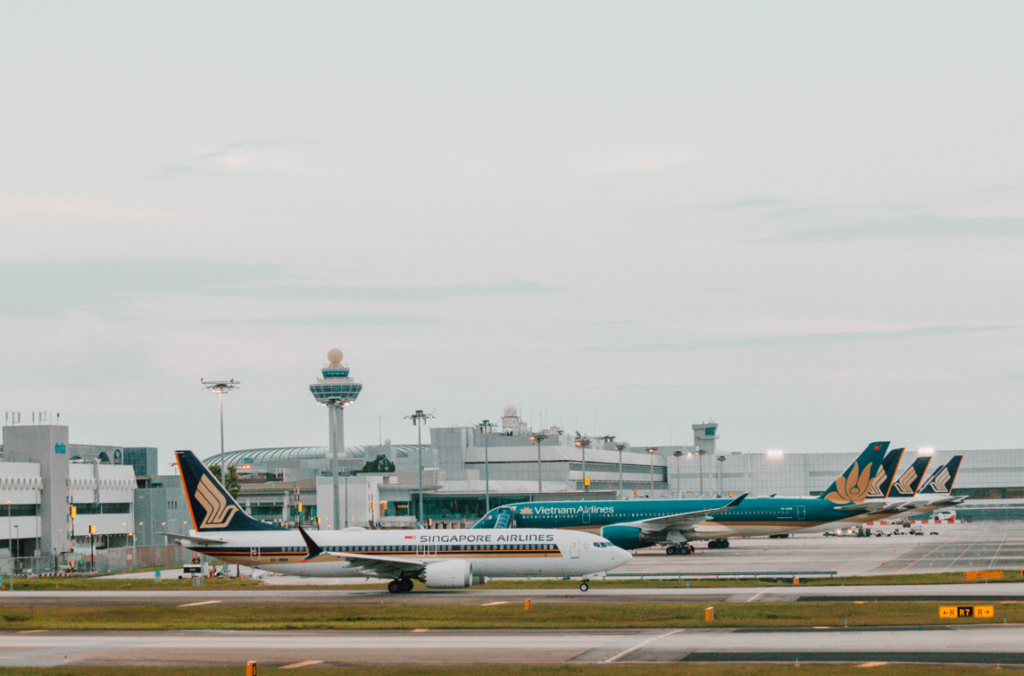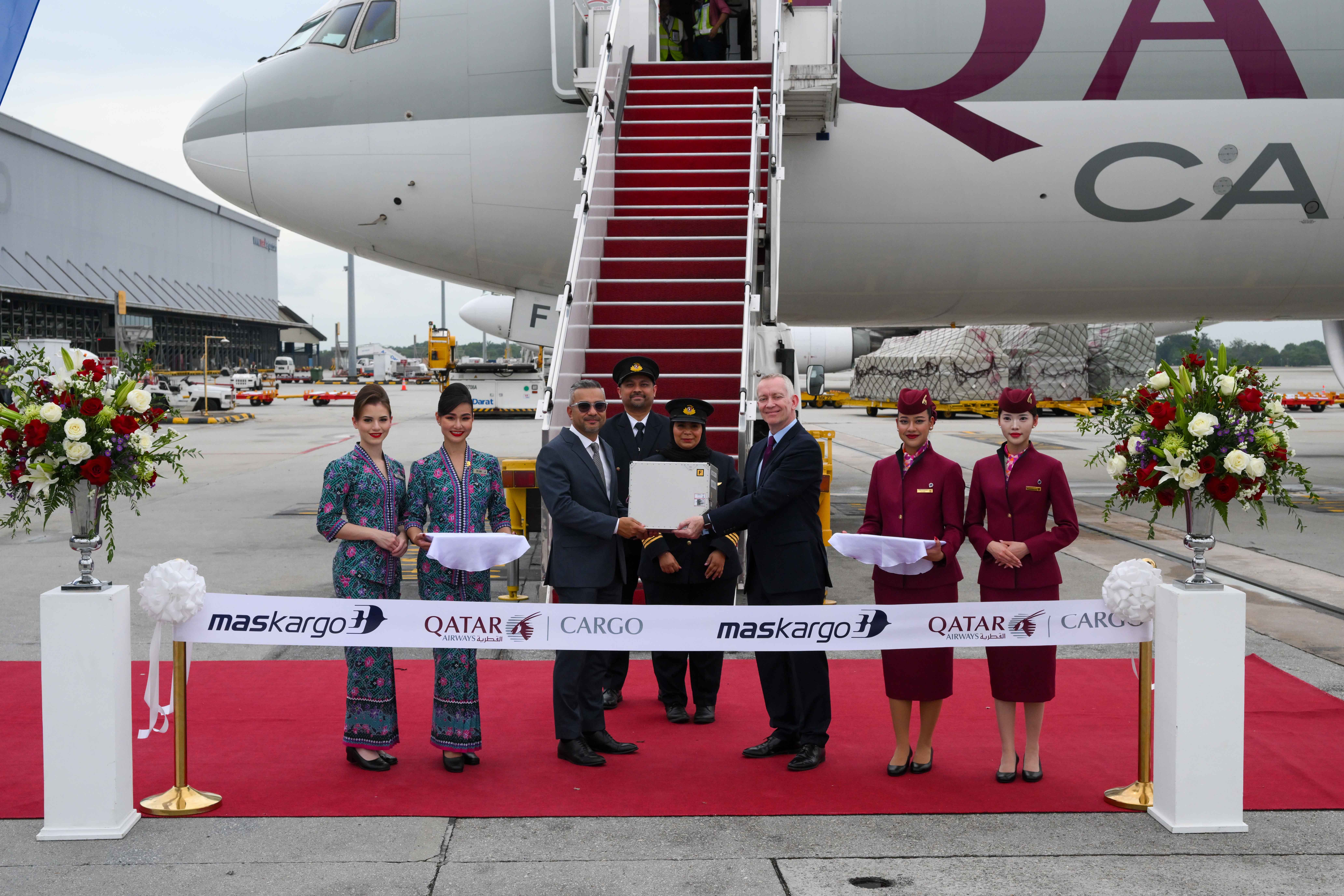

Singapore Changi Airport saw muted cargo volumes in March compared to the same period last year, as the Asia Pacific hub recorded 152,000 tonnes.
For the first quarter, air freight movements at Changi totalled 417,000 tonnes, sliding 9 percent year-on-year. The group said demand remained soft, especially in the first two months of the year, no thanks to global economic uncertainty and inflationary pressures. For the period, its top five markets were Australia, China, Hong Kong, India and the US.
On the passenger side, Changi handled 4.63 million passenger movements in March 2023, or over 82 percent of its pre-Covid traffic in March 2019, the first time since the pandemic that it has crossed the 80 percent mark.
Aircraft movements, which include landings and takeoffs, totalled 26,000 or around 81 percent of the level seen in March 2019.
In Q1, Changi Airport clocked 13.0 million passenger movements, with 74,000 aircraft movements registered for the same period. The top five traffic markets for the quarter include Australia, India, Indonesia, Malaysia and Thailand.
The airport sees strong performance across key source markets, with the strongest growth seen in North America, Southwest Pacific and Europe. Passenger flows to and from Greater China (mainland China, Hong Kong, Taiwan and Macau) also showed strong recovery, with traffic doubling compared to the previous quarter thanks to the ‘progressive’ resumption of scheduled passenger services.
As at 1 April 2023, 102 airlines operate over 6,000 weekly scheduled flights at Changi Airport, connecting Singapore to some 145 cities in 49 countries and territories worldwide.
Mr. Lim Ching Kiat, Changi Airport Group’s Executive Vice President for Air Hub and Cargo Development said, “It is encouraging that passenger numbers at Changi Airport have crossed 80% of pre-Covid levels for the first time since the onset of the pandemic, representing a milestone in the recovery of Changi’s traffic. As the world continues to gear up on travel, we look forward to more airlines resuming their services to cater to the growing appetite for travel, as well as bringing in new airlines to connect our passengers with more destinations in the coming months.”








